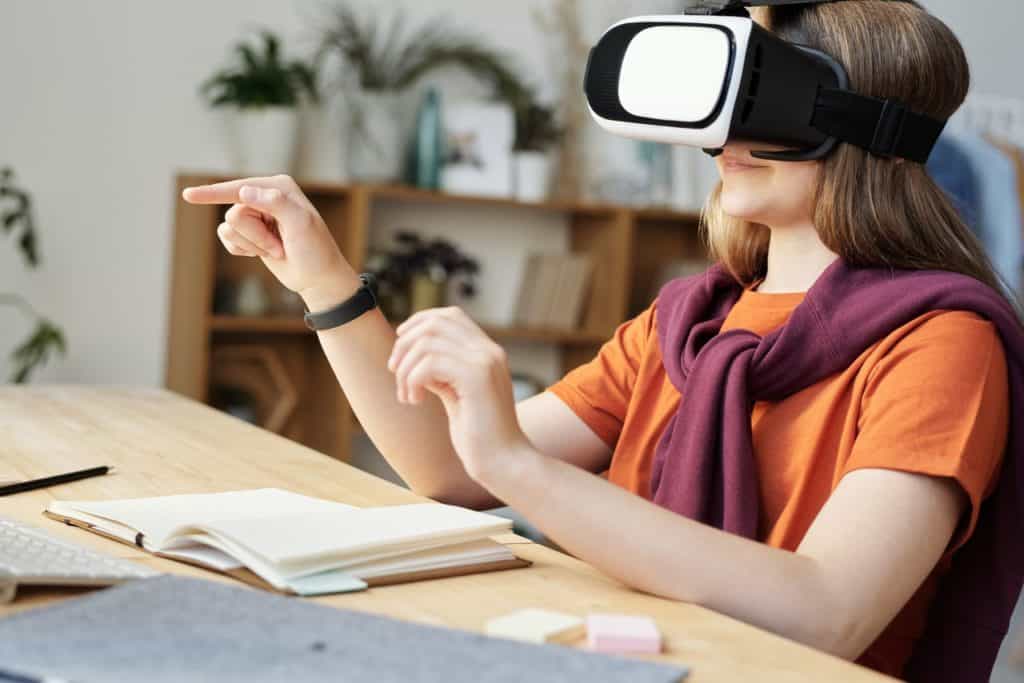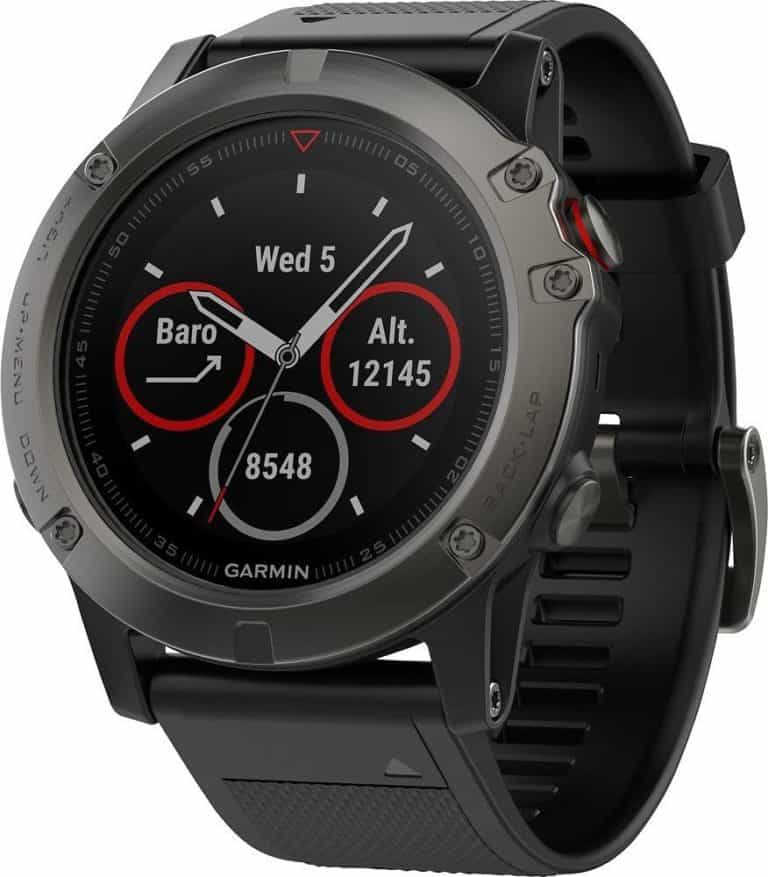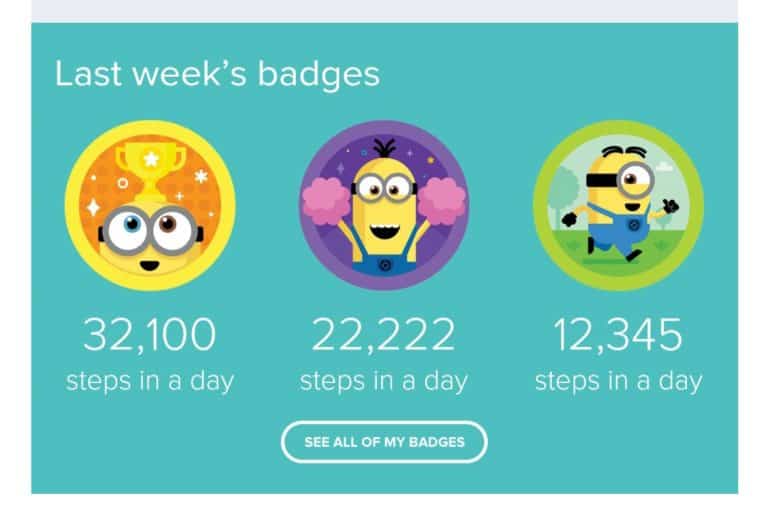You’ve probably heard a lot about virtual reality headsets, and how they’re going to change the gaming world. But did you know that there is many other uses for Virtual Reality headsets? Here are just a few of the many ways that people are using virtual reality technology.
Introduction: What is virtual reality and what are its applications?
Virtual reality (VR) is a simulated experience that can be similar to or completely different from the real world. Applications of virtual reality range from entertainment (e.g. video games) to education (e.g. medical or military training). Fully immersive virtual reality (FIVR) is a type of VR that creates an experience where the user is immersed in a realistic world with 360-degree views and rich sensory feedback. FIVR is made possible by the evolution of display technologies, including holographic displays, which produce realistic images with a high degree of realism.
Virtual Reality can have a lot of applications. It can be used:
- to create immersive training simulations for employees in various industries
- to provide patients with exposure therapy for conditions such as PTSD
- to create educational experiences for students in fields such as history or science
- for entertainment purposes, such as video gaming or VR movies
- to create training programs for athletes in various sports
- for marketing purposes, such as product demonstrations or virtual tours
- to create military training ranging from tactical operations to strategic planning
- and many more
The Benefits of Virtual Reality: How can virtual reality be used for training and education?
Virtual reality can be used for training and education in a number of ways. For example, it can be used to create simulations of real-world environments, which teach people how to respond to various situations. Additionally, it can be used to create immersive experiences that can help people learn new information more effectively.
In business, training simulations are used to train employees in a controlled setting, which replicates the real-world environment that employees will face when performing their job. These training simulations are offered to help employees learn how to perform their job better.
In education, training simulations are used to train students in a controlled setting, which replicates the real-world environment that students will face when performing their studies. These training simulations are offered to help students learn how to study better. Such training simulations can be used for a variety of courses. For example, they can be used to train students on how to drive, play the guitar, or perform surgery.
Over the past couple of years, there has been couple of companies which dabble in the uses of virtual reality technology for teaching, such as TeachVR, Wixar, ClassVR, Immerse etc. A simple google query will give you tons of options.
If you still have trouble visualizing it, check out how this VR class works.
The Business of Virtual Reality: How are businesses using virtual reality?
Virtual reality is becoming more and more popular in the business world. Companies are using it for training, marketing, and even sales. VR allows businesses to give their customers a realistic experience without having to leave their offices. Some companies have even decided to combine VR with their business strategy and integrate it into their day-to-day operations. Here’s how virtual reality is changing the business world.
Business Training with VR Technology
Businesses have decided to use VR for training purposes for a number of reasons. For one, it is considerably cheaper to use than traditional training methods. Training robots and virtual employees is also much less expensive than hiring actual employees. What’s more, using VR training tools enables employees to train in a safer environment since they don’t have to be in the office at their computer terminals. In addition, VR training enables employees to train on products and services that they don’t have the chance to use in their everyday work.
The term Metaverse was introduced in 2021 by Meta which came with a full rebranding of the Facebook brands (Facebook, Instagram, WhatsApp, etc) under one banner. And their demo is a perfect example of what the business world using VR would look like.
Despite the advantages of VR training, not many companies around the world have opted to use it for all their training needs. A number of VR companies have realized that the technology is only as good as the content, and they are now shifting their focus from developing the technology to creating content to be used. This was the case with Strivr. Strivr once worked with Walmart to create a VR training program for its employees, but the company has since realized that it needs to create more content for other industries.
Why VR Content Should Be a Priority
VR is still a new technology, and most of the content out there is not engaging enough. If a company wants to use VR training, they need to make sure that they are using engaging content that will make the training interesting and effective. Not many companies are producing content that is engaging enough, and that is why most people still do not see the benefits of VR training.
What to look for in the content you may ask? One thing that will make the content more engaging is if it is realistic. People learn better in a safe environment, and that is why VR training is so effective. However, the content will not be effective if it does not give the trainees a sense of realism. It needs to be as realistic as possible so that the trainees can be able to forget that they are in training, and they can be able to see the content as a real-life situation. If they do not see the situation as realistic, they will not be able to learn how to handle the situation correctly, and they will not be able to learn the necessary skills.
Discover how VR can be used for therapeutic purposes and how it can help with various conditions
Virtual reality therapy is a new, exciting field that is showing promise for treating a variety of conditions. Studies have shown that VR can be effective for treating anxiety, phobias, post-traumatic stress disorder, and even pain. VR allows patients to confront their fears in a safe, controlled environment and can provide a distraction from chronic pain. Because VR provides a safe, distraction-free environment, it can be a more effective treatment option than traditional forms of therapy.
The VR headsets can allow the patient to confront their fears and anxiety in a controlled environment, helping them reach a level of comfort and relaxation. Virtual reality therapy has also shown promise for treating other conditions including a variety of phobias and phobias, pain management, PTSD, autism, and post-concussion syndrome.
Use of Virtual Reality against Phobias
Virtual reality can be used to treat phobias in a number of ways. One common method is to expose the patient to the thing they are afraid of in a controlled environment. This allows the patient to confront their fear and learn to deal with it in a safe setting. Other methods include using virtual reality to teach relaxation techniques or to provide exposure therapy in a more immersive way.
Use of Virtual Reality for Pain management
Virtual reality can be used for pain management. One way is by providing a distraction from the pain. This can be done by immersing the person in a virtual world where they are focused on something else. Another way is by using virtual reality to help people understand and manage their pain. This can be done by providing information about the pain and how to cope with it.
Use of Virtual Reality for PTSD Treatment
Virtual reality has been used to treat PTSD in a number of studies with promising results. In one study, veterans with PTSD were given virtual reality therapy that included exposure to their specific trauma. The results showed that virtual reality therapy was more effective than traditional therapy in reducing PTSD symptoms. In another study, firefighters with PTSD were given virtual reality therapy that included exposure to a virtual fire. The results showed that the virtual reality therapy was more effective than traditional therapy in reducing PTSD symptoms.
Use of Virtual Reality to help people with autism
There is some evidence that virtual reality can help people with autism learn social skills and reduce anxiety. One study found that after eight sessions of virtual reality therapy, participants had improved social skills and less anxiety. Another study found that virtual reality was helpful in reducing repetitive behaviours in people with autism.
Use of Virtual Reality for post-concussion syndrome Treatment
Virtual reality can provide an immersive and stimulating environment that can help patients with post-concussion syndrome (PCS) recover from their symptoms. PCS is a condition that can occur after a person suffers a concussion, and can cause a variety of symptoms including headaches, dizziness, fatigue, and difficulty concentrating. VR can help patients by providing a distraction from their symptoms and helping them to engage in activities that can improve their symptoms. For example, VR can be used to help patients with balance problems.
From educational experiences to interactive art, find out how VR can be used for much more than gaming.
Virtual reality has many applications beyond gaming. It can be used for educational experiences, interactive art, and much more.
Virtual reality can enhance educational experiences by immersing students in realistic, simulated environments where they can learn through experience. For example, students can use virtual reality to explore historical sites, conduct scientific experiments, or experience other cultures. Virtual reality can also be used to provide students with special needs with access to educational content and experiences that they would otherwise be unable to participate in.
Interactive art provides an alternative medium to traditional museum exhibits. Virtual reality can allow people to interact with works of art in a way that was previously impossible. Virtual reality can allow people to interact with art in a way that is not possible in the physical world. For example, they can walk through a painting or sculpture, or experience it from different angles. They can also interact with other people who are experiencing the same artwork, which can create a sense of community and connection.
Another use of virtual reality is to design virtual worlds that have specific purposes. For example, virtual people may be created to act as actors in a play or a film. A virtual world could be designed to help people learn about a new culture or history. Virtual reality can also be used to create a virtual world for people to explore and interact with.
The Future of Virtual Reality: What trends are happening in the world of virtual reality?
There are many exciting trends happening in the world of virtual reality. One of the most popular trends is the increasing use of virtual reality for gaming purposes. Many gamers are using virtual reality headsets to get a more immersive experience. Another popular trend is the use of virtual reality for training purposes. This allows people to learn new skills without having to leave their home. Additionally, virtual reality is being used more and more for marketing purposes. In the future, Virtual Reality Technology will be used to
- Virtual reality technology is becoming more and more realistic, with better graphics and more immersive experiences.
- VR technology is becoming more portable and affordable, making it accessible to more people.
- VR technology is being used in more and more industries, for training, simulation, education, and entertainment.
- VR technology is being used to create more realistic and immersive gaming experiences.
- VR technology is being used to create more realistic and immersive social experiences.







